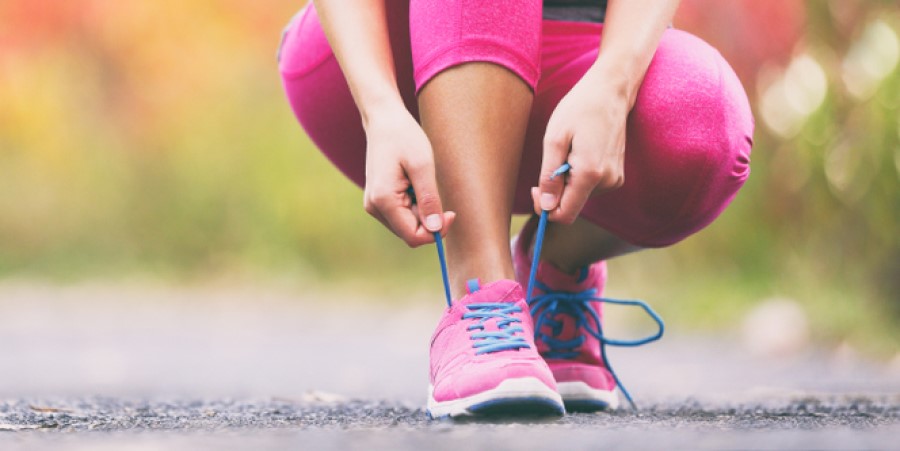How to build an inclusive physical wellbeing strategy for men and women

This is encouraging news, but troubling NHS figures on obesity rates suggest that we should be doing more to increase participation in physical activity. For employers, this means creating an inclusive physical wellbeing strategy that understands the barriers employees face, and makes it easy for everyone to integrate exercise into daily life.
Understanding barriers to exercise
Physical inactivity and poor diet are among the top causes of ill health, which can subsequently negatively impact on our working life. So it’s in everyone’s interests to encourage regular participation in physical activity.
Most people know that sport and exercise is a good thing to do, but don’t feel they can get round to it for a whole raft of reasons. These may be personal – fear of being judged, feeling self-conscious or negative about their ability; or practical – time, cost, lack of information about how to participate.
As well as understanding what prevents your employees from exercising, it’s also worth giving some thought to what motivates people and how you can harness this. Examples of motivators include health benefits; reframing exercise as a chance to spend quality time with friends and family; setting goals and progressing towards them. Using real-life case studies is particularly effective to show that you don’t have to be super-fit – the important thing is showing up and taking part.
How employers can help
Talk to your employees to understand their working patterns and the support that could be provided. Try to ensure information and opportunities are available and suitable for everyone. For many people, flexibility is key to suit their need to balance work and family commitments.
For instance, offering discounted gym memberships may allow employees to exercise at a time and place that is convenient for them – especially as many gyms are now running virtual classes. Employers can also promote walk or cycle to work schemes to embed physical activity in everyday life. Providing lockers, changing and bike storage facilities, as well as encouraging staff-led lunchtime walking or running clubs all make it easier for employees to take part in a fun and friendly environment.
With staff working from home more often, it’s harder for employers to have a direct influence on activity levels, but there’s still potential for change. Managers could organise a friendly competition within teams using fitness trackers on mobiles to see who is doing the most steps. You could also encourage employees to take regular breaks/stretches from staring at a screen and promote the idea of taking exercise during a lunch break.
Conclusion
The question of how employers should help people to manage their weight and fitness without invading privacy is a tricky one. You have the best chance of improving physical wellbeing among your workforce by designing your strategy around employees’ lifestyles and encouraging positive change without seeking to judge people for their choices.
The author is Karen Thornley, chief commercial officer, Personal Group.
This article is provided by Personal Group.
Supplied by REBA Associate Member, Personal Group
Personal Group provides the latest employee benefits and wellbeing products.







